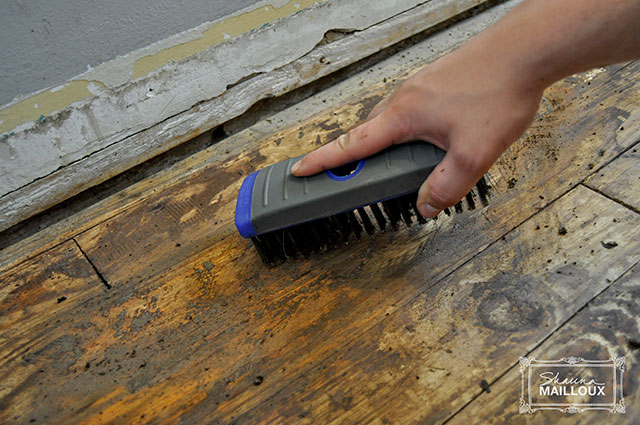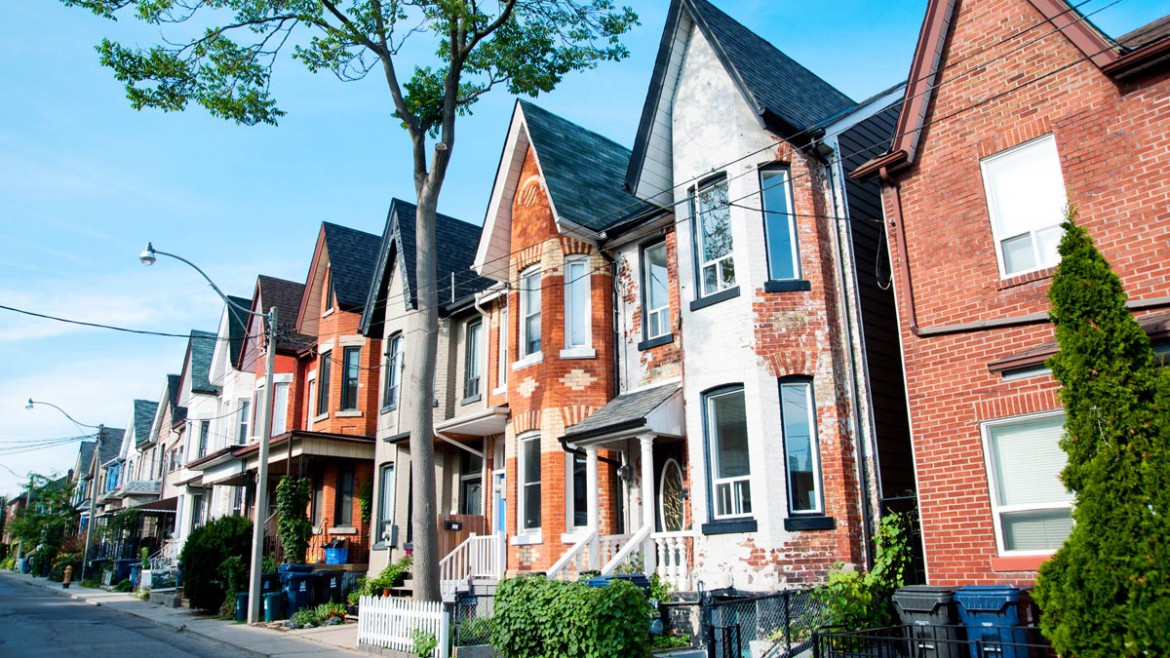Getting home reno supplies on a budget
https://imaginahome.com/wp-content/uploads/2017/02/free_home_renovation_help_l7.jpg 600 401 Nisha Muire Nisha Muire https://secure.gravatar.com/avatar/09971b406125a2f92a37bf65b08fd3c3?s=96&d=mm&r=g
Renovating your Toronto home doesn’t have to break your bank. With a few shrewd tips, you can get excellent quality materials at competitive prices that will slash your budget significantly. We are not saying that you have to skimp on quality and finishes, we’re just suggesting that there are ways of getting what you want at the price you want.
Buy ready-made
One of the best ways to save money is to buy off the shelf – especially when it comes to cabinets. Big box home renovation stores always carry ready-made cabinetry. Although the sizing might be limited, you can always make what is in-store work for you using spacers and a little imagination. It will save you more than a third of the cost of getting those same cabinets custom made or sized exactly for your project.
Check out the returns section
Mistakes happen and people do change their minds when it comes to colours and materials. In many instances you can find great deals in the returns section of your hardware store. Sometimes it is left-over counter pieces or tiling, other times you can find really good quality paints at a fraction of their cost simply because they have a been premixed and the colour might not be everyone’s cup of tea. Generally, if you know that you have a reno project coming up, then make it a habit to troll the hardware stores every day looking for that gem – when you find it, scoop it up and save it for when you are ready to renovate.
Shop, shop, shop!
Another good tip is to not discount any store selling materials – no matter how cheesy or odd it might look. The overstock and liquidation centres often hold fantastic deals that are only discovered if you go inside. Also don’t overlook places like Costco, which often has excellent fixtures and materials at very competitive prices – although it is often hit-or-miss and materials aren’t always in stock.
The classifieds
Looking for materials? Check out kijiji and Craig’s List for people who are selling their overstock tiles, drywall, flooring and paint – some people will even give these items away at the end of a reno if they have no place to store them.
It is possible to find materials for your renovation project at good prices. All you have to do is look and be patient.
Buy ready-made
One of the best ways to save money is to buy off the shelf – especially when it comes to cabinets. Big box home renovation stores always carry ready-made cabinetry. Although the sizing might be limited, you can always make what is in-store work for you using spacers and a little imagination. It will save you more than a third of the cost of getting those same cabinets custom made or sized exactly for your project.
Check out the returns section
Mistakes happen and people do change their minds when it comes to colours and materials. In many instances you can find great deals in the returns section of your hardware store. Sometimes it is left-over counter pieces or tiling, other times you can find really good quality paints at a fraction of their cost simply because they have a been premixed and the colour might not be everyone’s cup of tea. Generally, if you know that you have a reno project coming up, then make it a habit to troll the hardware stores every day looking for that gem – when you find it, scoop it up and save it for when you are ready to renovate.
Shop, shop, shop!
Another good tip is to not discount any store selling materials – no matter how cheesy or odd it might look. The overstock and liquidation centres often hold fantastic deals that are only discovered if you go inside. Also don’t overlook places like Costco, which often has excellent fixtures and materials at very competitive prices – although it is often hit-or-miss and materials aren’t always in stock.
The classifieds
Looking for materials? Check out kijiji and Craig’s List for people who are selling their overstock tiles, drywall, flooring and paint – some people will even give these items away at the end of a reno if they have no place to store them.
It is possible to find materials for your renovation project at good prices. All you have to do is look and be patient.










